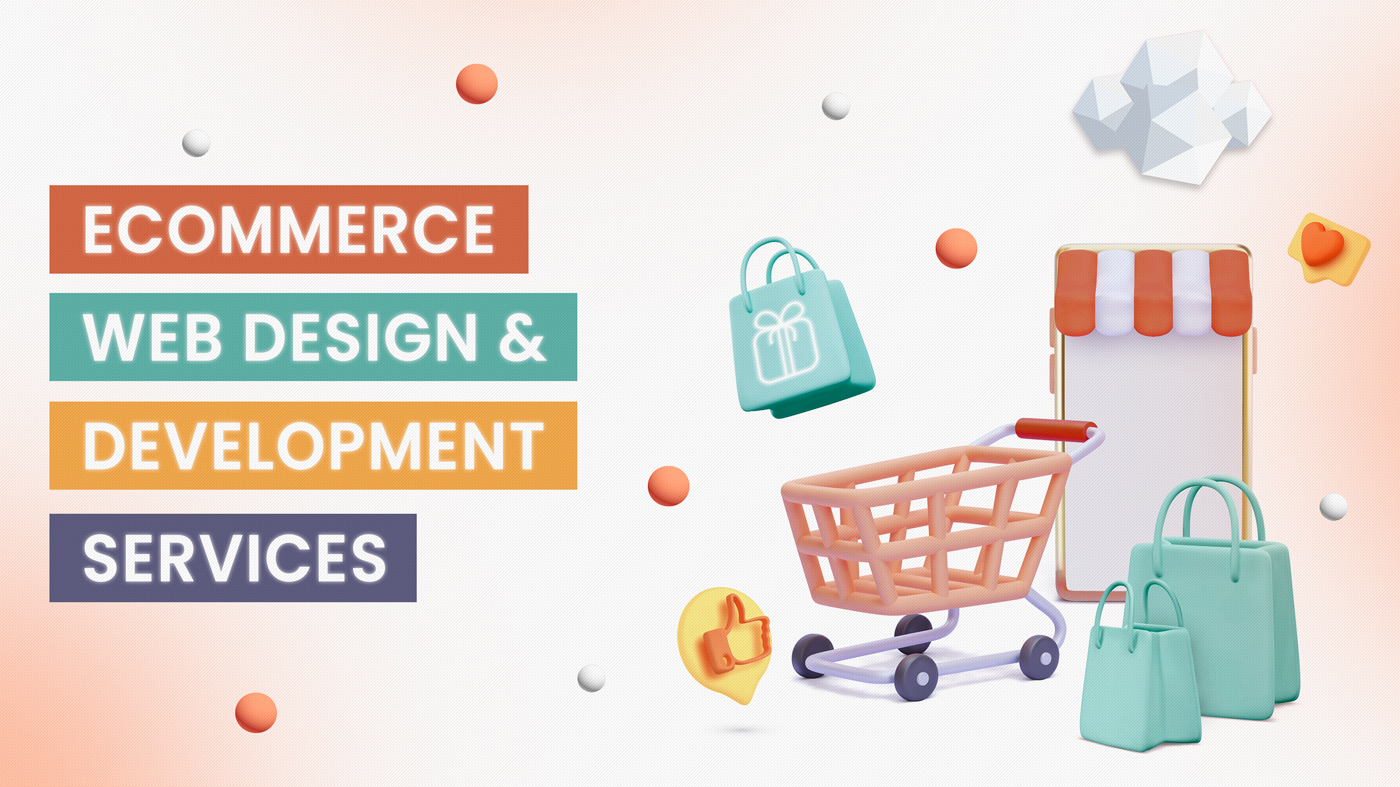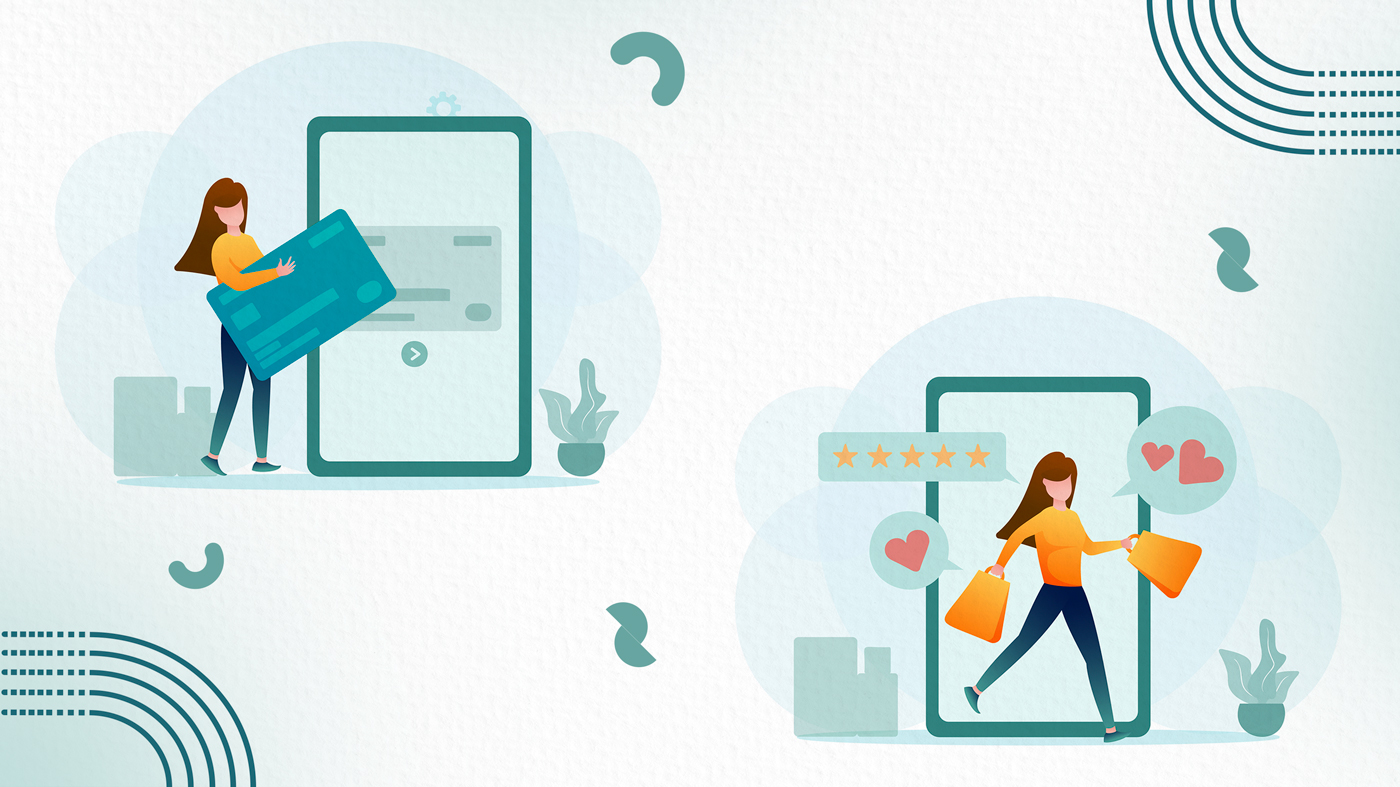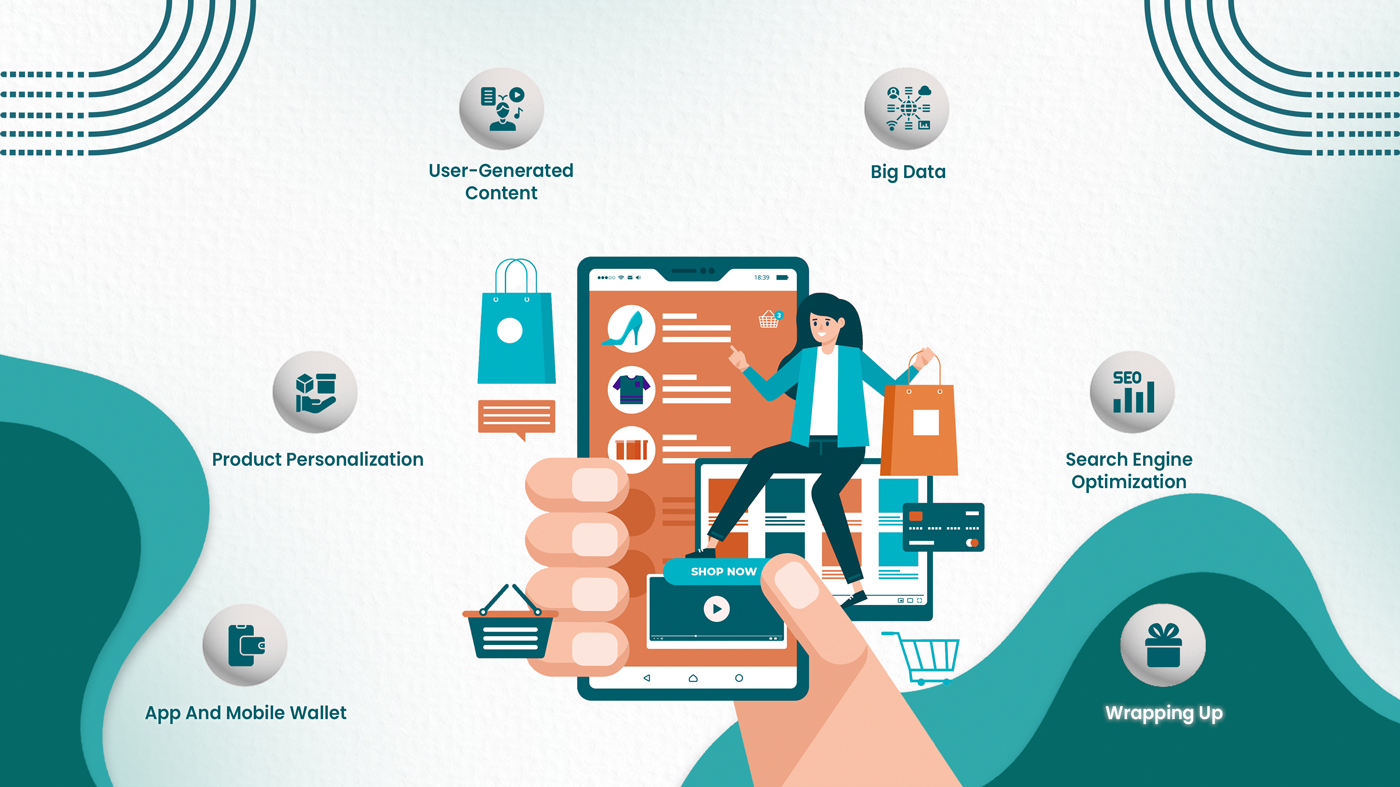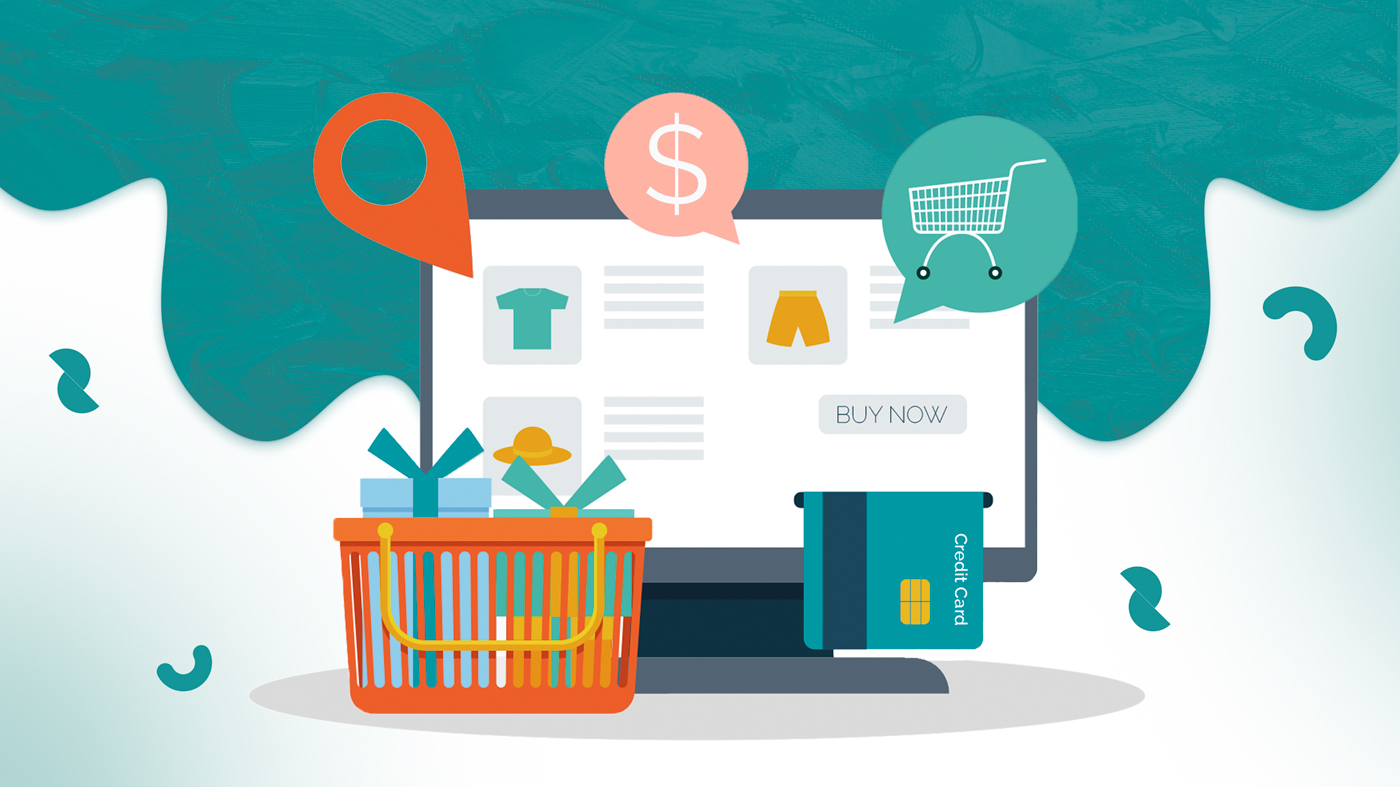
We are constantly involved in online buying and selling things in our daily lives. But what does the e-commerce sector’s future hold? Technology has played an enormous part in the growth of the online retail sector ever since the Internet was first developed. This blog focuses on the most significant technology advancements affecting the future of the online shopping experience as well as e-commerce trends in 2023:
Chatbots: A virtual assistance service
Voice assistants: Explain word of mouth
Augmented and virtual reality: A cutting-edge shopping experience
Blockchain technology: A new payment method and data security
Drones and Droids: The Future of Delivery
What is E-commerce Today?

Simply put: E-commerce is a commercial process that uses an electronic network, the Internet, to help parties exchange (buy & sell) goods and services or convey information. It is in charge of the e-business sales component. Additionally, the commercial profile lists six different types of digital commerce. Business-to-consumer (B2C) operations are major ones, but they also involve:
- Business-to-Business
- Consumer-to-Consumer
- Consumer-to-Business
- Business-to-Administration
- Consumer-to-Administration
E-commerce development is based on software technologies that can also be used in mobile apps. Additionally, it may be accompanied by more advanced mobile features, social media, and email tools. Software development firms like Capanicus provide various technologies and services to produce excellent and cutting-edge e-commerce software.
Amazon and eBay were the first online marketplaces to use e-commerce advantages to buy and sell mass-market items. Online shopping has seen a substantial increase in customer interest and participation over this time. It is clear why more than a quarter of the world’s population currently makes purchases online. It is just a matter of time that the majority of our purchases are made online.
What are the current technologies and trends that are affecting e-commerce?

Customers have the power to control the market because there are so many options available to them. As a result, your ability to differentiate yourself from competitors is not just down to the quality of your goods; it also depends on how well your brand is incorporated into the customer’s purchasing experience. Everything, from a simple ordering process to payment options to quick delivery all matters. This is a costly intangible service. Here, cutting-edge technologies are shaping the e-commerce industry.
Recommendations for Individualised Products
Personalized product recommendations refer to customized suggestions or suggestions tailored to an individual customer’s preferences, interests, and behavior. These recommendations are based on data analysis, such as previous purchase history, browsing behavior, demographic information, and other relevant factors.
By leveraging various algorithms and machine learning techniques, personalized product recommendation systems analyze vast customer data to identify patterns, trends, and correlations. This enables businesses to provide targeted and relevant product suggestions to their customers, increasing the likelihood of making a sale or encouraging engagement.
These recommendations can be delivered through various channels, including e-commerce websites, mobile applications, email campaigns, or personalized marketing campaigns. Customized product recommendations aim to enhance the user experience by presenting customers with products or services that align with their individual preferences, ultimately improving customer satisfaction and driving sales.
Social commerce, in E-commerce
Social commerce is a subset of e-commerce that integrates social media platforms and online shopping. It refers to buying and selling products or services directly through social media channels, combining the elements of social interaction and online retail.
In social commerce, social media platforms such as Instagram, Facebook, and Pinterest serve as the primary marketplaces or facilitators for transactions. Businesses can showcase their products or services on these platforms and provide a seamless buying experience within the social media environment.
Social commerce often involves features such as shoppable posts, where businesses can tag products within their social media posts, allowing users to click and purchase directly from the bar. It also includes user-generated content, product reviews, social sharing, and recommendations, which leverage the power of social networks and influence to drive engagement and sales.
Integrating social media and e-commerce development services enables businesses to tap into the vast user base, targeting specific demographics or followers who have shown interest in their products or services. It provides a more interactive and engaging shopping experience, allowing customers to discover products through social connections, influencers, or their network’s recommendations. Overall, social commerce aims to blur the line between social media and online shopping, making the purchasing process more convenient, personalized, and social-oriented.
M-commerce
M-commerce, simply mobile commerce, helps in buying and selling goods through mobile devices such as smartphones and tablets. It involves conducting various e-commerce transactions, including online shopping, mobile banking, mobile payments, and mobile ticketing, using mobile applications or mobile-optimized websites.
M-commerce has gained significant popularity with the widespread adoption of smartphones and the increasing availability of mobile internet connectivity. It enables customers to access online stores, browse products, make purchases, and carry out financial transactions directly from their mobile devices, anytime and anywhere.
The key features of m-commerce include:
- Mobile shopping: Customers can browse product catalogs, view detailed product information, compare prices, and make purchases using mobile shopping apps or optimized websites.
- Mobile banking and payments: Mobile banking apps allow users to check account balances, transfer funds, pay bills, and perform other financial transactions conveniently from their mobile devices. Mobile payment solutions, such as digital wallets and mobile payment apps, enable secure and convenient physical retail or online transactions.
- Location-based services: Mobile commerce uses location-based technologies to provide personalized offers, discounts, or recommendations based on the user’s current location. This allows businesses to target customers with relevant and timely information when they are near a physical store.
- Mobile ticketing: M-commerce facilitates the purchase and delivery of tickets for events, movies, travel, and other services directly through mobile devices. Users can access their tickets digitally, eliminating the need for printing or physical tickets.
- In-app purchases: Many mobile applications offer in-app purchases, allowing users to buy digital content, subscriptions, or additional features.
Omni-channel for e-commerce
Omnichannel marketing is a way where e-commerce brands can advertise their goods or services using consistent messages, images, and offers over various channels and devices. Omnichannel aims to interact with customers on their preferred channel, with relevant content and a consistent brand message.
It refers to integrating and seamlessly coordinating various channels or touchpoints in a customer’s shopping journey, providing a unified experience across online and offline channels. In the context of e-commerce, the use of omnichannel strategies offers several benefits:
- Improved customer experience: Omni-channel allows customers to interact with a brand through multiple channels such as websites, mobile apps, social media, physical stores, and more. This enables a consistent and personalized experience, enhancing customer satisfaction and loyalty regardless of the channel used.
- Channel flexibility and convenience: Customers can switch between different channels during their shopping journey, enjoying the flexibility to research online, make purchases in-store, or order online and pick up in-store. This flexibility provides convenience and caters to various customer preferences.
- Seamless inventory management: By integrating inventory systems across channels, retailers can ensure accurate stock information and provide real-time visibility to customers. This eliminates the risk of overselling products and enables efficient order fulfillment from the most suitable channel or location.
- Integrated marketing and promotions: With an omnichannel approach, retailers can deliver consistent marketing messages and promotions across various platforms. This ensures cohesive branding and enables targeted campaigns based on customer preferences and behavior captured from different channels.
- Insights and analytics: Omni-channel strategies provide valuable data and insights on customer behavior, preferences, and purchase patterns. Retailers can leverage this data to refine their marketing strategies, optimize product offerings, and deliver personalized recommendations, enhancing customer engagement and driving sales.
- Customer support and engagement: Omni-channel enables customers to access support through various channels, including online chat, social media, phone, or in-store assistance. This allows timely and personalized customer support, leading to higher satisfaction and improved customer relationships.
What is the future outlook of e-commerce?

Chatbots: A virtual assistance service
A chatbot is a conversational agent, a kind of software that imitates spoken or written communication between actual people. It can be portrayed as a voice assistant, chatbot app, internet bot, and chatbot on social media.
Voice assistants: Explain word of mouth
More individuals are starting to use voice assistance before they shop, especially youths. With the widespread use of home smart speakers like the Amazon Echo and Google Home, customers will likely learn about a product through a form of “word of mouth.”
Augmented and virtual reality: A cutting-edge shopping experience
You might think that these things are fantastic right now, but the concept of online purchasing could change in the future if VR (virtual reality) and AR (Augmented reality) are used in e-commerce. Imagine being able to engage with virtually and touch products before making a purchase. To see how a dress fits you and feel the fabric, for instance, you may digitally try it on. British clothes online retailer Banana Flame has already implemented AR, allowing customers to use their web cameras as interactive mirrors.
Drones and Droids: The Future of Delivery System
Drones and droids are shaping the future of delivery. Drones, also known as unmanned aerial vehicles (UAVs), are being increasingly utilized for the efficient and timely delivery of packages. They can easily navigate through the air and reach remote or congested areas, reducing delivery times and costs. Droids, on the other hand, are ground-based robots designed to autonomously transport parcels. They are well-suited for urban environments and can navigate sidewalks and streets to make deliveries. Both drones and droids offer the potential to revolutionize the delivery industry by enabling faster and more convenient services.
Blockchain technology: A new payment method and data security
One of the sectors being transformed by the revolutionary application of blockchain technology is e-commerce. Blockchain’s idea of a distributed, accurate sign of all digital transactions contributes to the growth of confidence in online payments. Additionally, it eliminates scams and offers a new payment option using cryptocurrencies like Bitcoin, Ethereum, Ripple, and others.
Are you interested to know about Blockchain technology?Our team gained experience deploying blockchain solutions, we would be happy to consult you.
Conclusion
With each passing year, there will undoubtedly be more technological advancements in the e-commerce sector. Brands must find innovative digital solutions that attract devoted customers and offer a distinctive online shopping experience if they want to stay prominent. Being active on social media and working in the m-commerce space are currently prerequisites. Smart gadgets like dash buttons and beacons represent the IoT, which is a growing industry.
Even said, there is undoubtedly more to come in the e-commerce business sector. The popularity of virtual reality, drone deliveries, voice assistants, and crypto-payments in the e-business domains demonstrate that the future of consumer products could be more advanced than we can now imagine.
How to stay competitive these days?
For any business, mobile solutions are a worthwhile investment. To achieve organizational objectives, our team supports the adoption of cutting-edge web and mobile app solutions.


